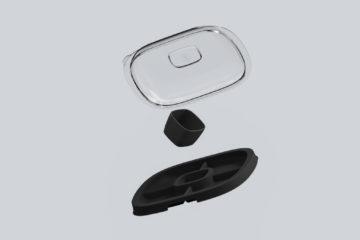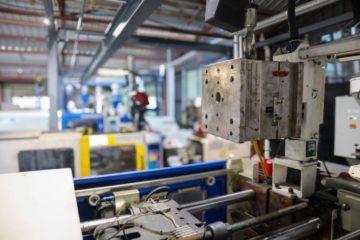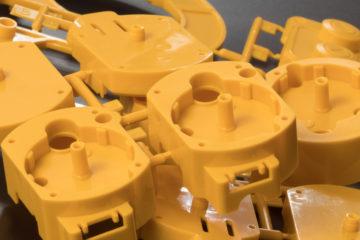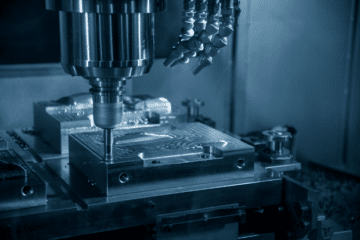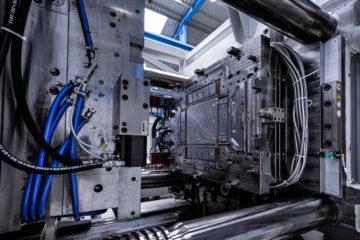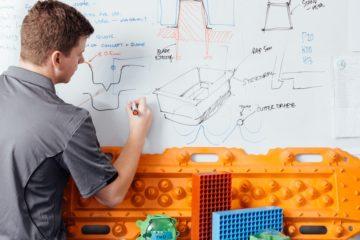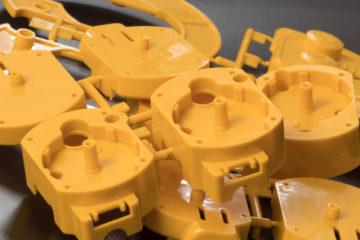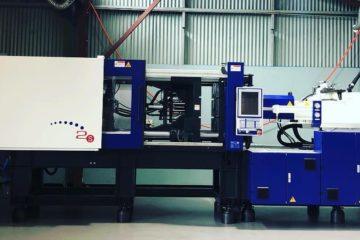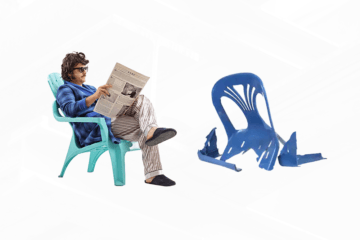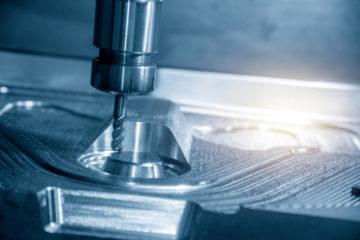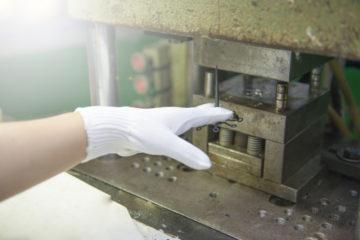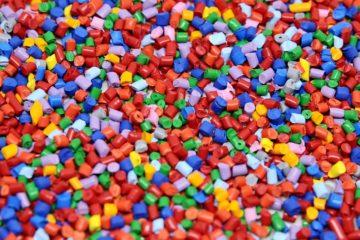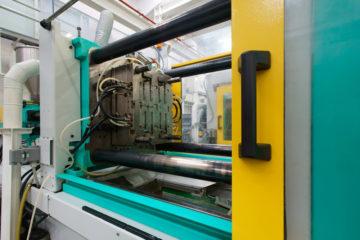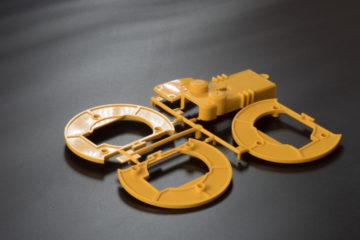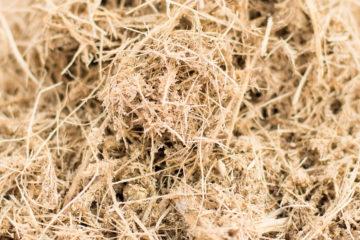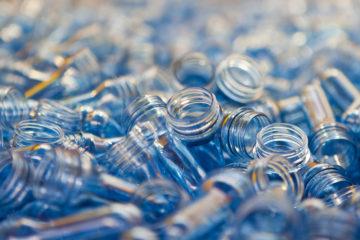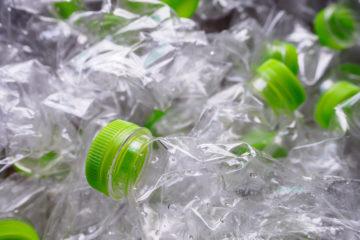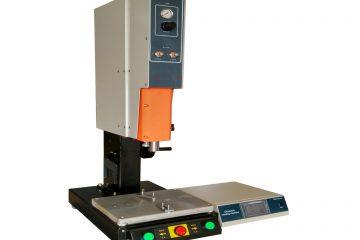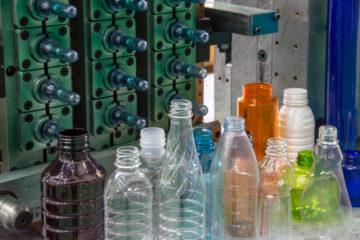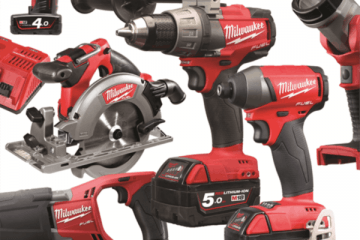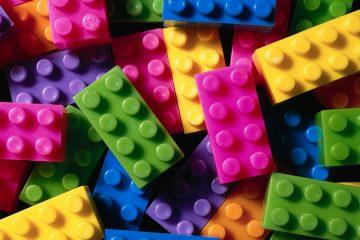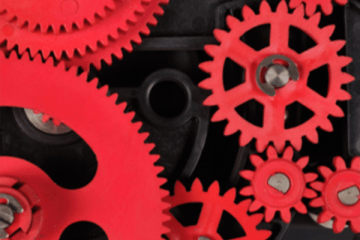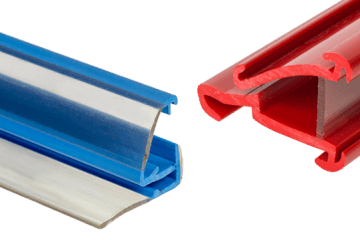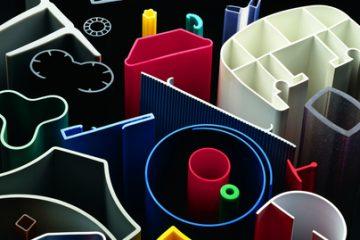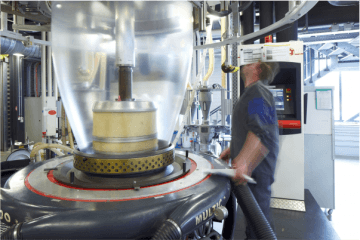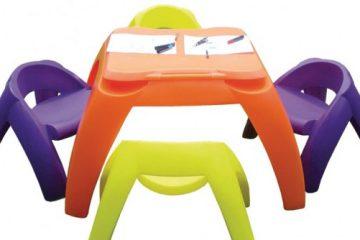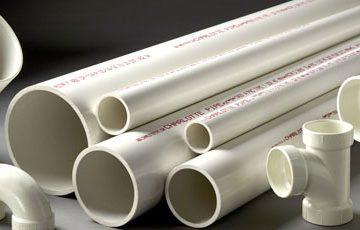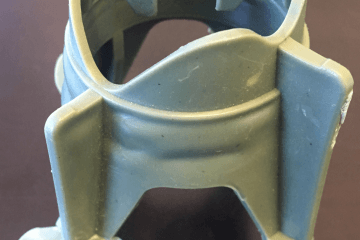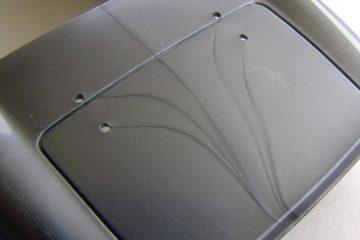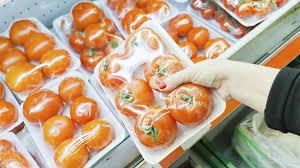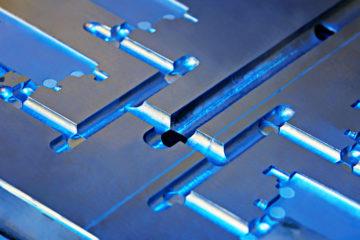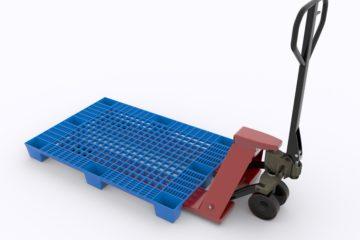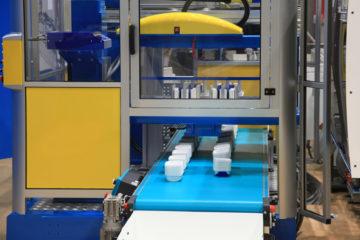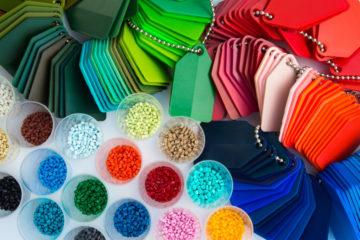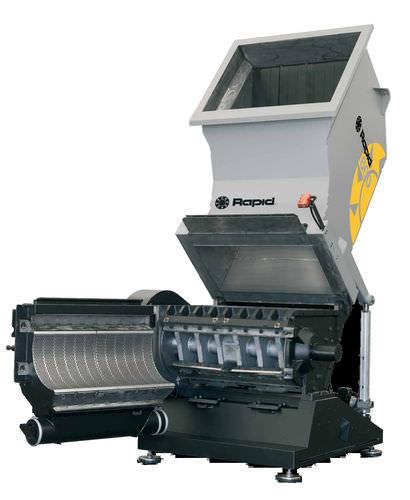
How does a Regrinder work? A regrinder or plastic granulator is an electrically powered series of grinding blades, which takes plastic and chops them up into little pieces, commonly referred to as regrind. This regrind is a major step in any plastics recycling scheme. It takes what was reject or waste plastic and breaks it down into reusable plastic granules. From this step, you can process it further to clean the recycled granules, but more often than not, this is used as new materials for new products which don’t require virgin material.
The regrinder’s cutting blades rotate around spindle connected to the electric motor at the bottom of a chute, in what’s called the cutting chamber. The chute does two things, it acts as a guard so that no one can have an accident with it, but it also conveys the wasted product to the cutting blades, so that the blades don’t get overloaded. This is done passively by having several twists and turns in the chute, making sure that only the correct amount of waste plastic gets to the blades at any one time. If the blades were to become overloaded, they would stop and possibly damage the motor and create a buildup of waste plastic that must be reground.
The cutting blades that are spinning work in conjunction with the stationary blades inside the cutting chamber. The action between the two sets of blades is what causes the plastic to be cut into the smaller pieces. It gets cut again and again, until it is small enough to fall out of the bottom of the cutting chamber. The design of the cutting blades come in a variety of shapes for different purposes. There are 3 main types, and these are double scissor or double angle cuts, chevron cuts, and finally helical rotor. Each has their pros and cons, but you want something that will be durable, won’t require much maintenance, and if maintenance is required, it’s easy to do so.
Once the plastic is cut down to size, it falls to a holding chamber. This chamber can be fed back into bags, for storage or it can be added back into injection moulding runs in the hopper for parts that can use recycled material. The chamber can be hand loaded an unloaded or you can run a vacuum hose and suck the plastic out of the holding chamber and into the container you choose.
If you’d like to learn more about plastic granulation or if you need to run a recycled plastic part, please don’t hesitate to contact us about a free 1-hour meeting.
Subscribe to Our Newsletter
Get the latest news from Dienamics into your inbox







